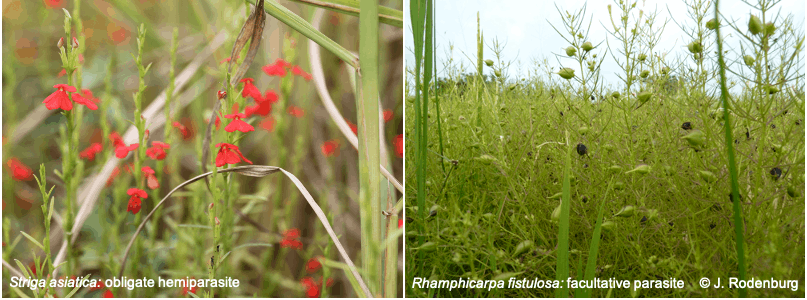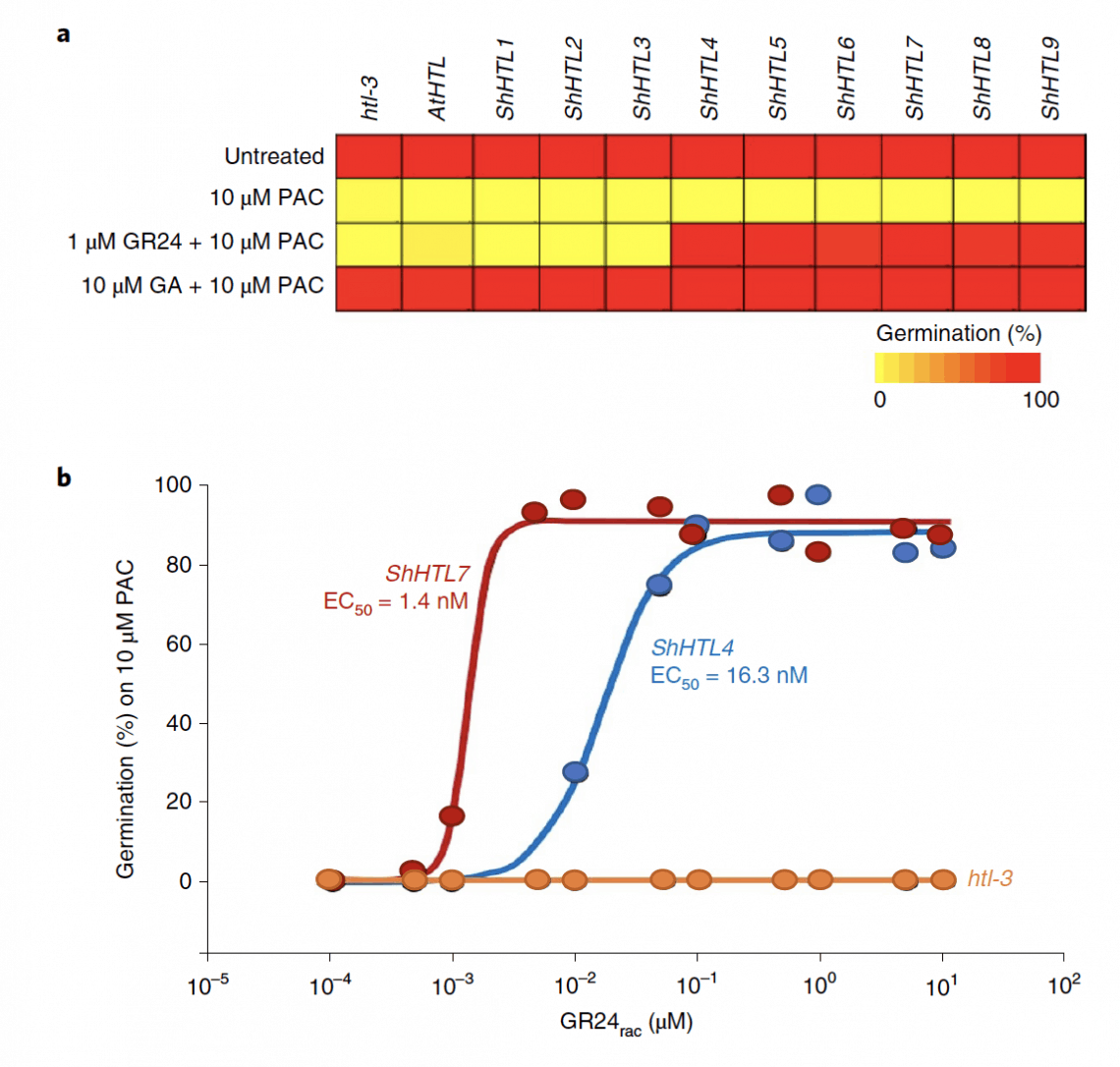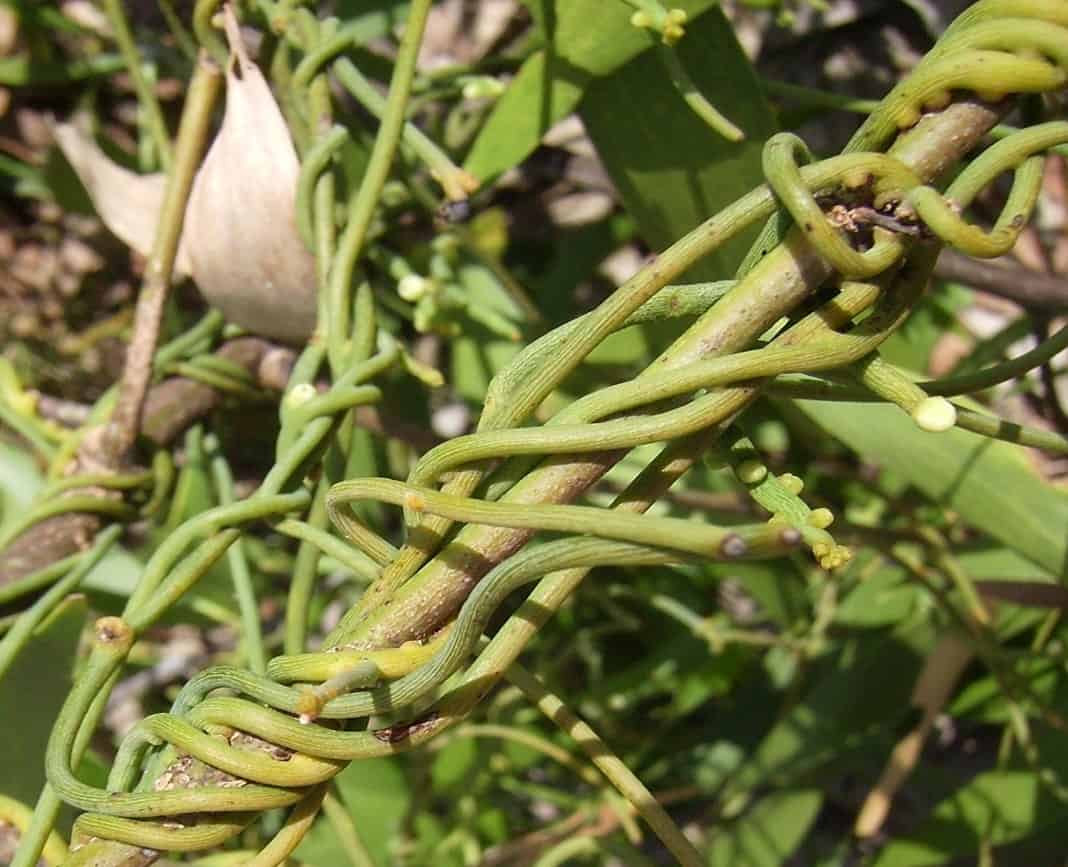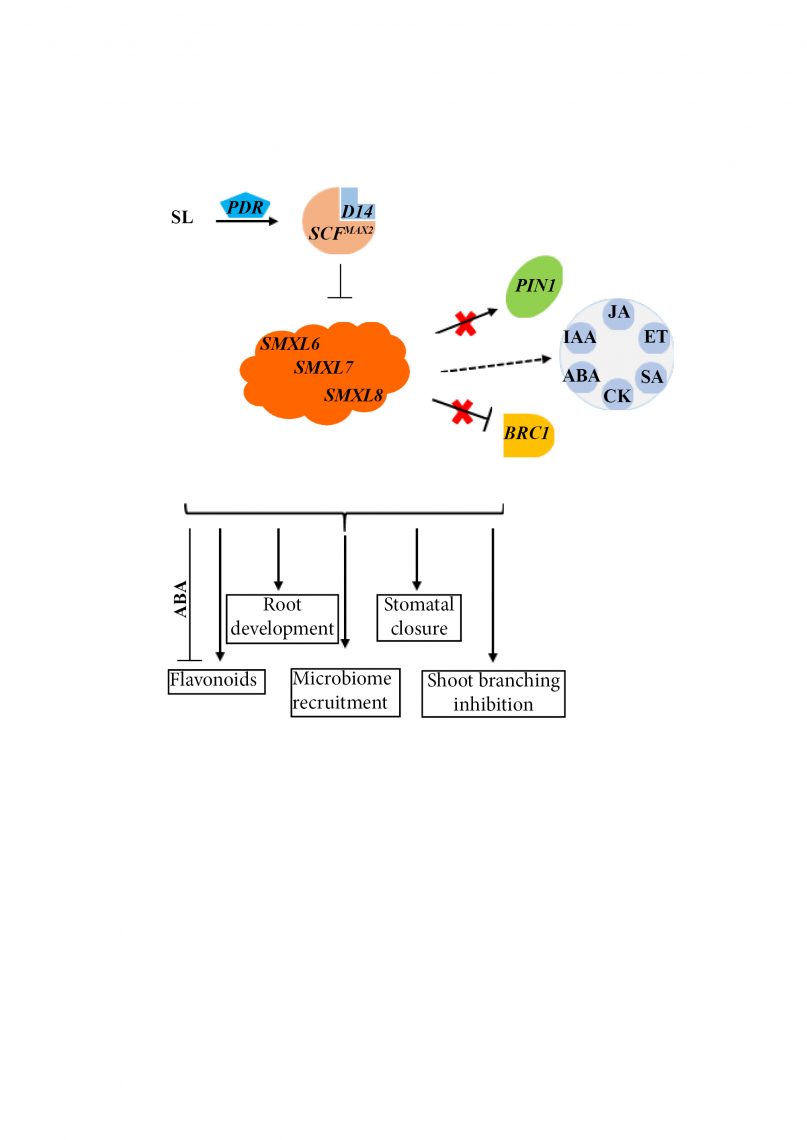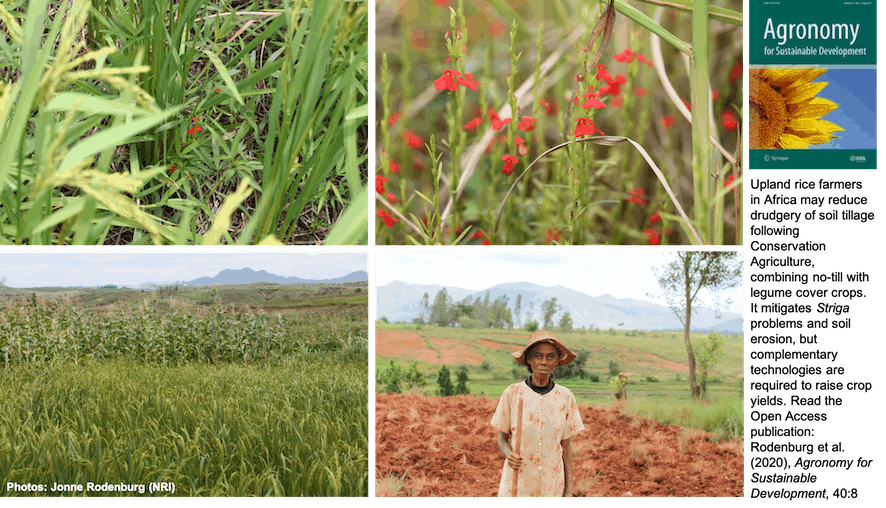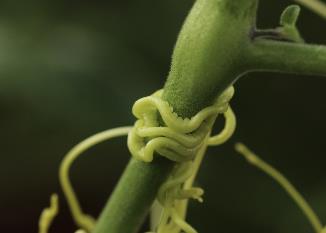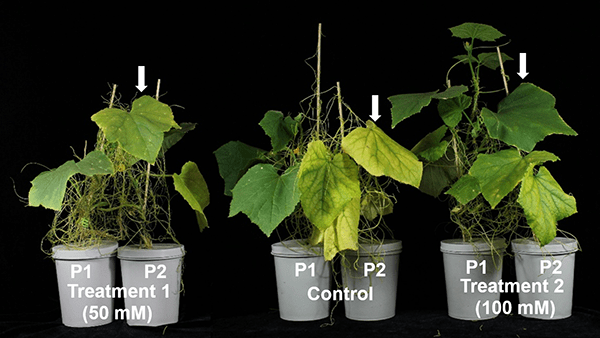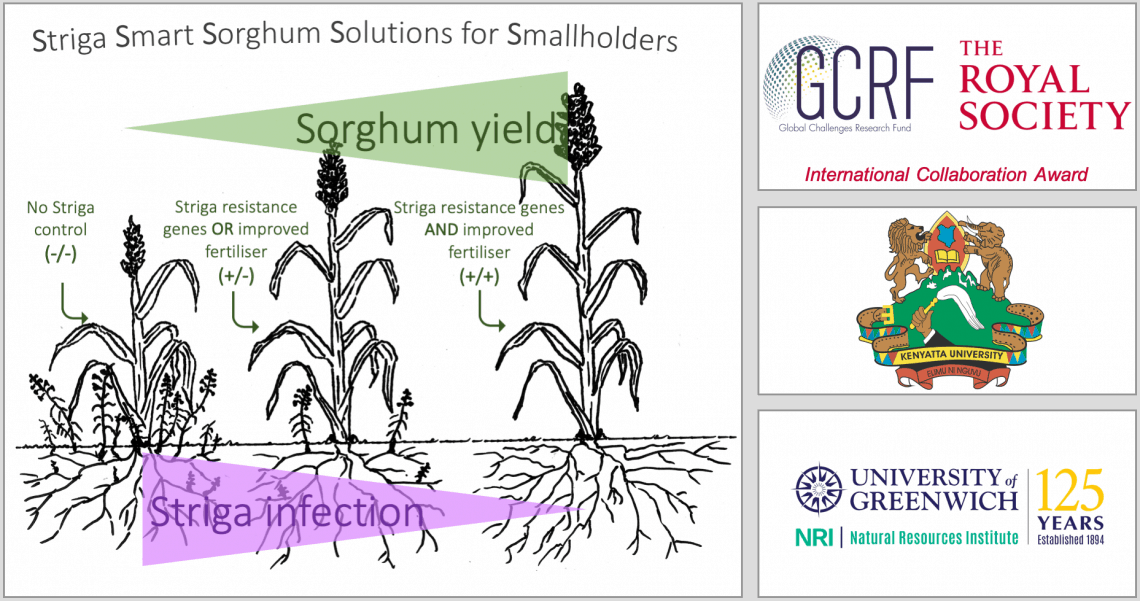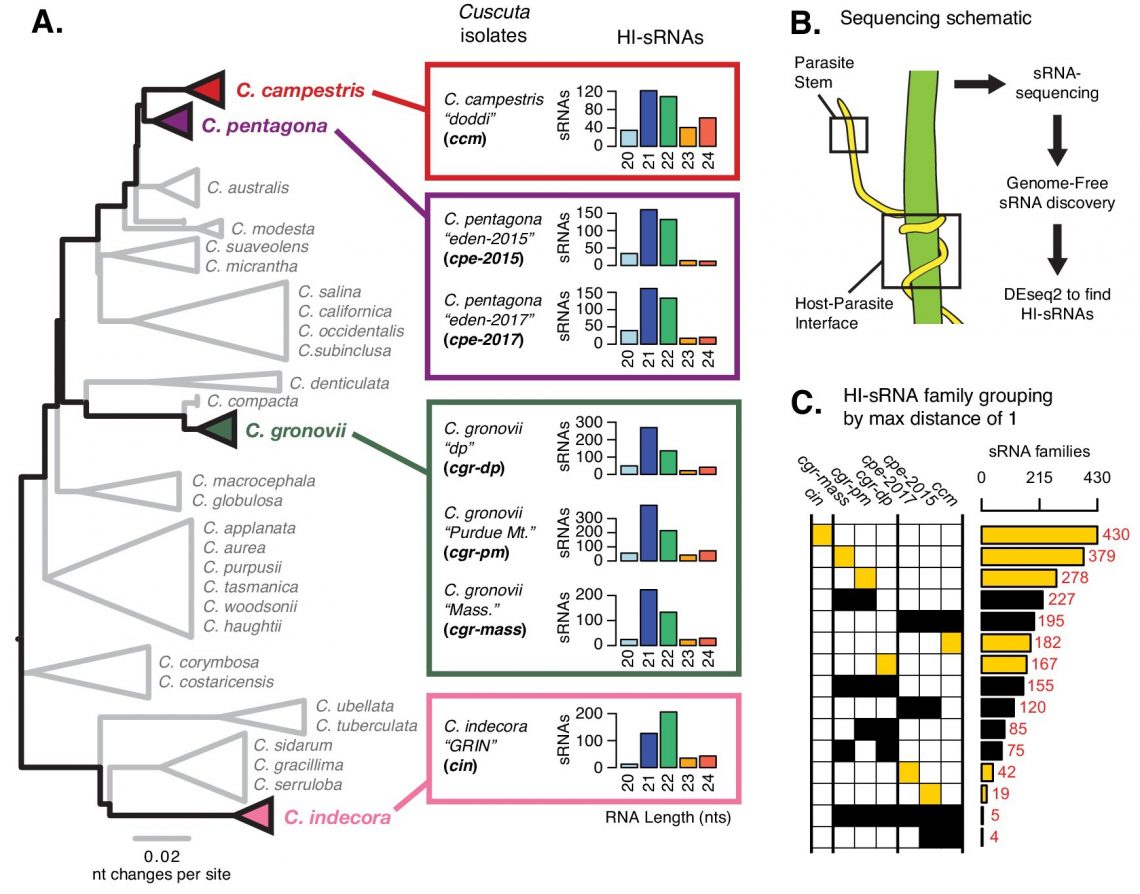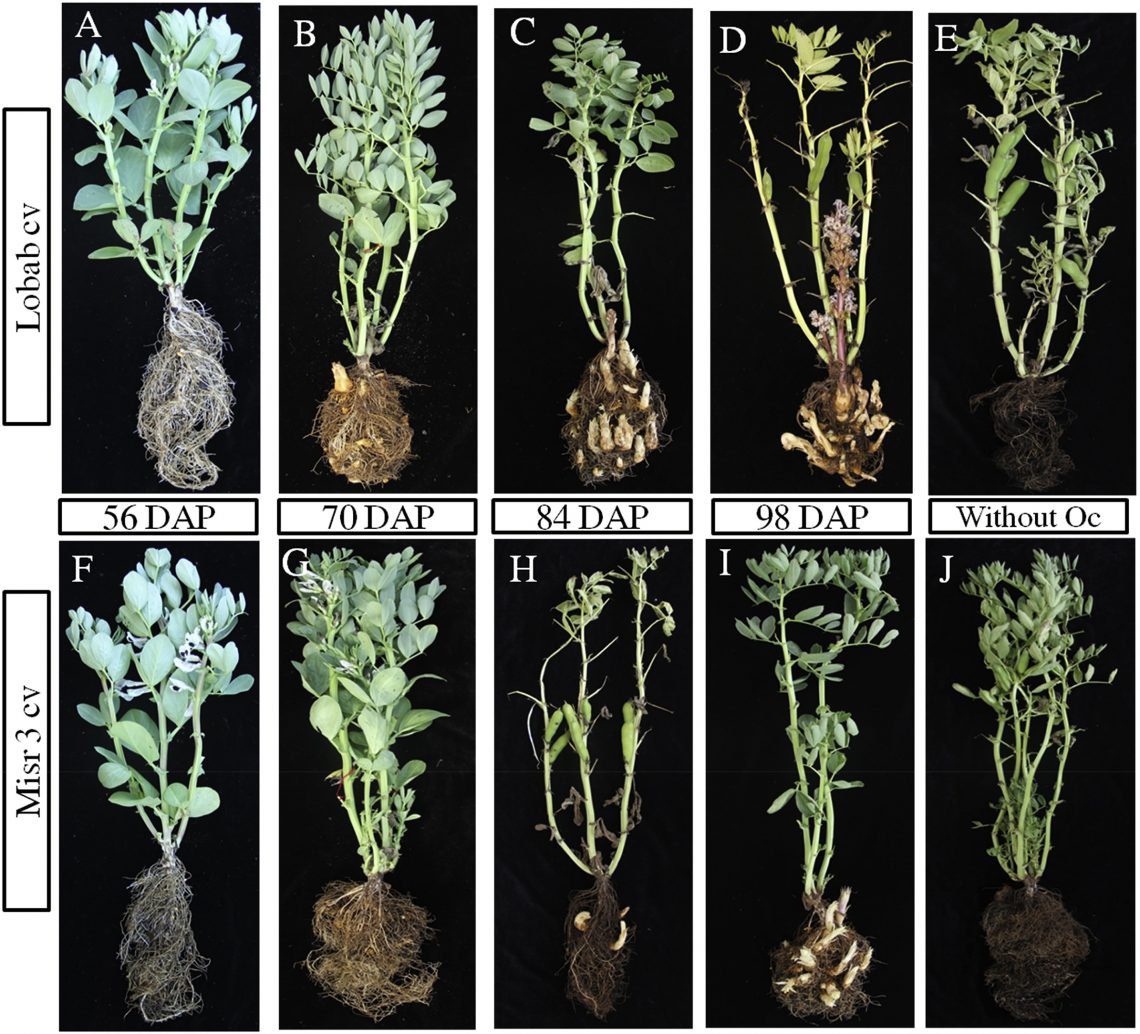Published in Field Crop Research, in the September 2020 issue: In a 4-year field experiment in southern Tanzania, different fertilisers were tested to investigate whether they (1) suppress the obligate parasitic weed Striga asiatica and the facultative parasitic weed Rhamphicarpa fistulosa, and (2) favour rainfed rice yields under parasitic weed infestation. We observed that: (1) fertilisers […]
Fertilisers differentially affect facultative and obligate parasitic weeds of rice and only occasionally improve yields in infested fields
